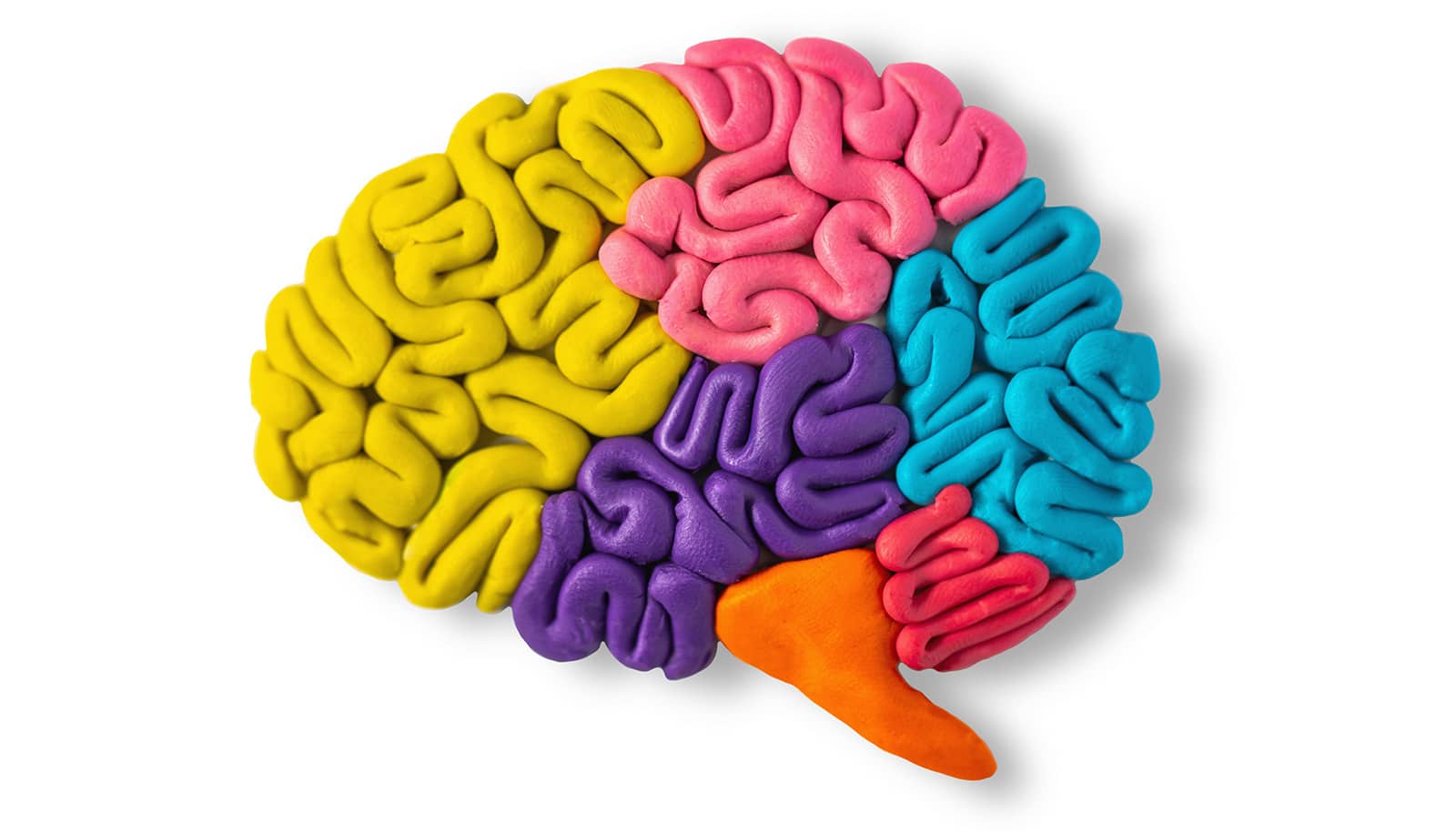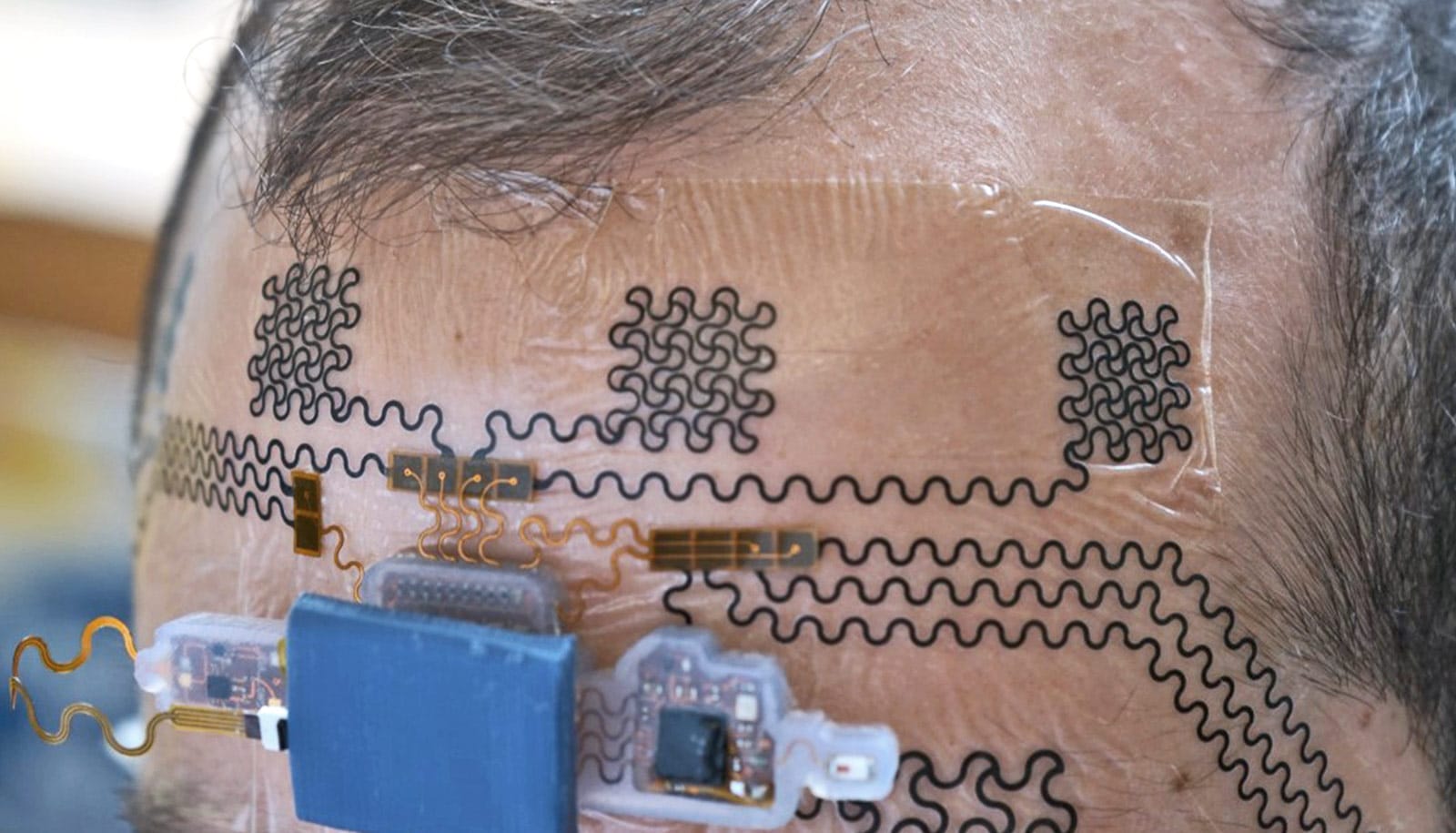Drinking alcohol mixed with highly caffeinated beverages can have lasting effects on the teenage brain, according to studies in mice.
Researchers found that adolescent mice given high-caffeine energy drinks were not more likely than a control group to drink more alcohol as adults. But when those high levels of caffeine were mixed with alcohol and given to adolescent mice, they showed physical and neurochemical signs similar to mice given cocaine.
Those results appear in PLOS ONE.
“Their brains have been changed in such a way that they are more likely to abuse natural or pleasurable substances as adults.”
“It seems the two substances together push them over a limit that causes changes in their behavior and changes the neurochemistry in their brains,” says Richard van Rijn, an assistant professor of medicinal chemistry and molecular pharmacology at Purdue University. “We’re clearly seeing effects of the combined drinks that we would not see if drinking one or the other.”
With repeated exposure to the caffeinated alcohol, those adolescent mice became increasingly more active, much like mice given cocaine. The researchers also detected increased levels of a protein that is a marker of long-term changes in neurochemistry, elevated in those abusing drugs such as cocaine or morphine.
This protein drives cocaine cravings after withdrawal
“That’s one reason why it’s so difficult for drug users to quit because of these lasting changes in the brain,” van Rijn says.
Those same mice, as adults, showed a different preference or valuation of cocaine. Robins found that mice exposed to caffeinated alcohol during adolescence were less sensitive to the pleasurable effects of cocaine. While this sounds positive, it could mean that such a mouse would use more cocaine to get the same feeling as a control mouse.
“Mice that had been exposed to alcohol and caffeine were somewhat numb to the rewarding effects of cocaine as adults,” van Rijn says. “Mice that were exposed to highly caffeinated alcoholic drinks later found cocaine wasn’t as pleasurable. They may then use more cocaine to get the same effect.”
Numbed sense of reward
To test that theory, Robins investigated if mice exposed to caffeinated alcohol during adolescence would consume higher amounts of a similarly pleasurable substance—saccharine, an artificial sweetener. They predicted that if the mice exhibited a numbed sense of reward, they would consume more saccharine.
They found that the caffeine/alcohol-exposed mice drank significantly more saccharine than mice exposed to water during adolescence, confirming that the caffeine/alcohol-exposed mice must have had a chemical change in the brain.
“Their brains have been changed in such a way that they are more likely to abuse natural or pleasurable substances as adults,” van Rijn says.
Van Rijn plans to continue studying the effects of legal, available psychostimulatory substances that may be harmful to adolescent brains. His next project involves investigating ethylphenidate, a drug similar to methylphenidate, the drug used for attention deficit disorder and most commonly known as Ritalin. The latter requires a prescription, while the former can be purchased without one, often online. His research group also works on finding new treatments for alcohol use disorder.
The National Institute on Alcohol Abuse and Alcoholism, the Alcoholic Beverage Medical Research Foundation/Foundation for Alcohol Research, and the Ralph W. and Grace M. Showalter Research Trust funded the work.
Source: Purdue University


